Mahesh Babu joined SS Rajamouli, Jr NTR, and Ram Charan at the grand RRR live screening held at the Royal Albert Hall in London on Sunday. The event brought together the film’s visuals and live orchestral music, creating a one-of-a-kind experience.
The screening, which began at 6 PM local time, featured the Royal Philharmonic Concert Orchestra performing the movie's iconic soundtrack under the direction of composer MM Keeravaani. This marked a historic moment as it was only the second time an Indian film was performed live at the iconic venue, the first being Baahubali 2 in 2019, also directed by Rajamouli.
This event was a rare reunion for the RRR team, with director SS Rajamouli and lead actors Jr NTR and Ram Charan sharing the stage for the first time in three years. Mahesh Babu, who is working with Rajamouli on the upcoming film SSMB 29, also attended, sparking excitement among fans, even though he is not part of the RRR cast.
The screening celebrated the global success of RRR, which captivated audiences worldwide after its 2022 release. The film made history as the first Indian production to win an Oscar for Best Original Song with Naatu Naatu and earned other prestigious accolades, including a Golden Globe. The live orchestra event was a chance for fans to reconnect with the film’s energy and emotion.
One of the most talked-about moments from the event was when Jr NTR addressed an enthusiastic crowd, asking fans to maintain order while taking photos. His composed handling of the situation received praise on social media after a video of the incident went viral.
Another highlight of the night was when Ram Charan wished Jr NTR a happy birthday, sharing a warm hug on stage. The audience erupted in cheers, celebrating not only the film but the deep friendship between the stars.
With the perfect elements including live music, memorable reunions, and star presence, the Royal Albert Hall event was a landmark moment for both the RRR team and Indian cinema enthusiasts worldwide.
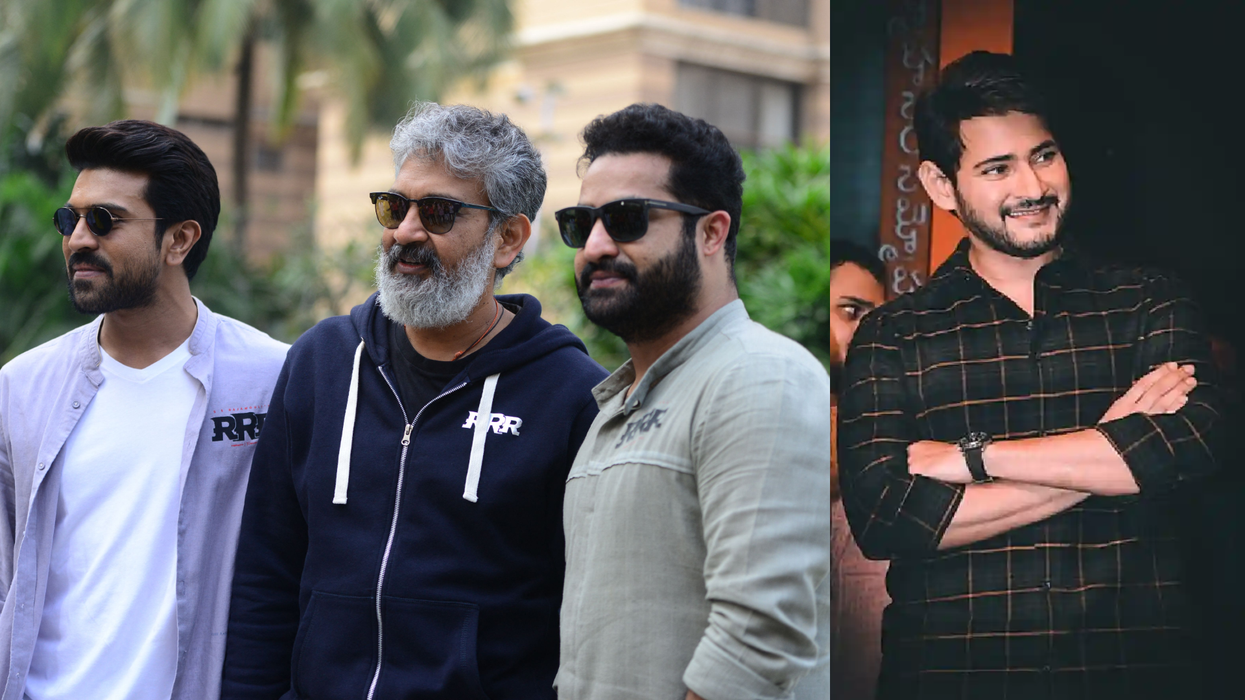

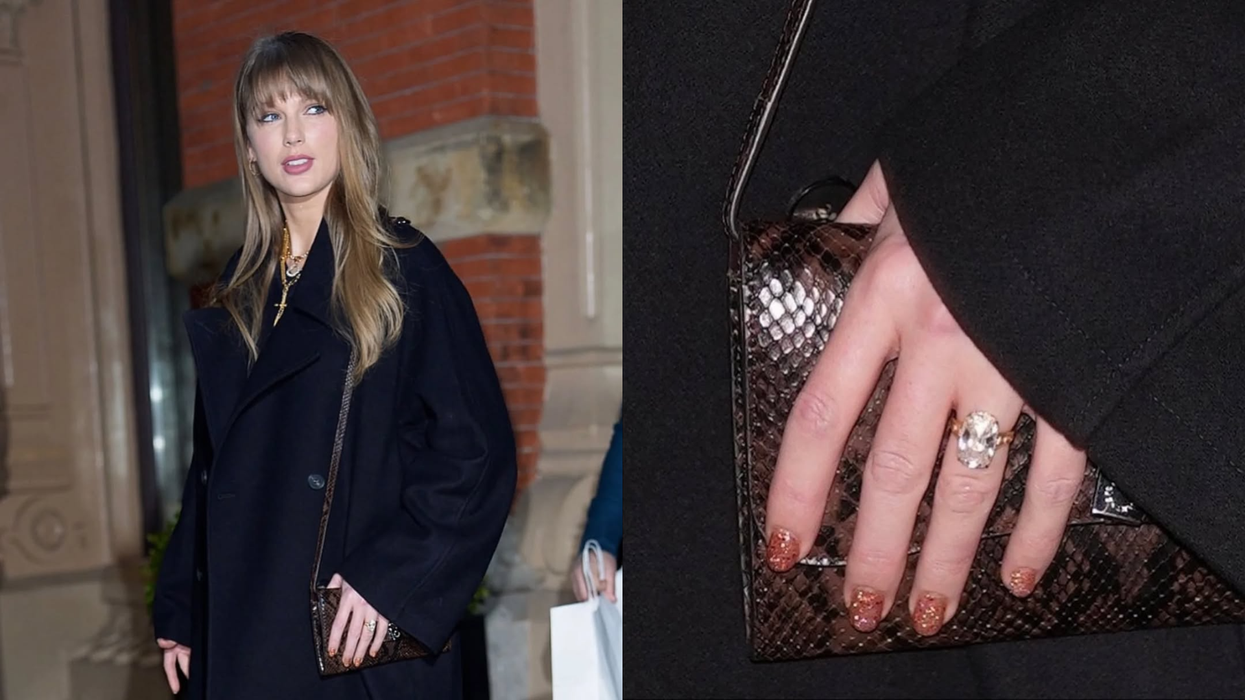
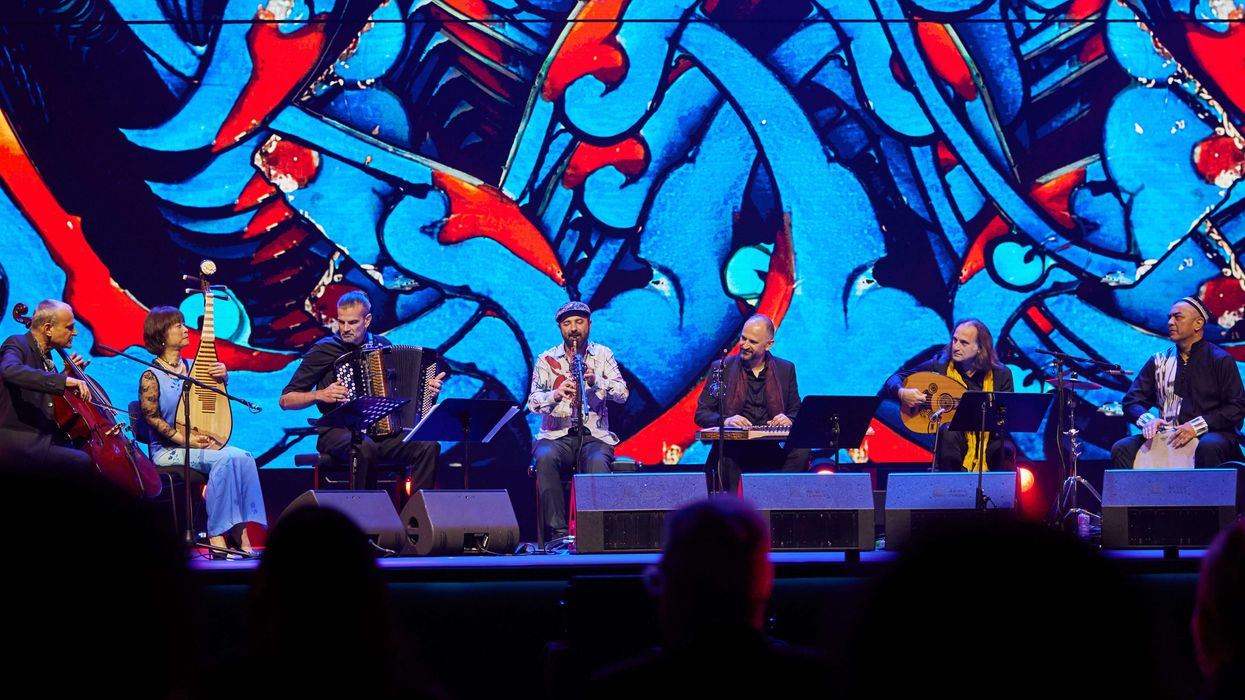
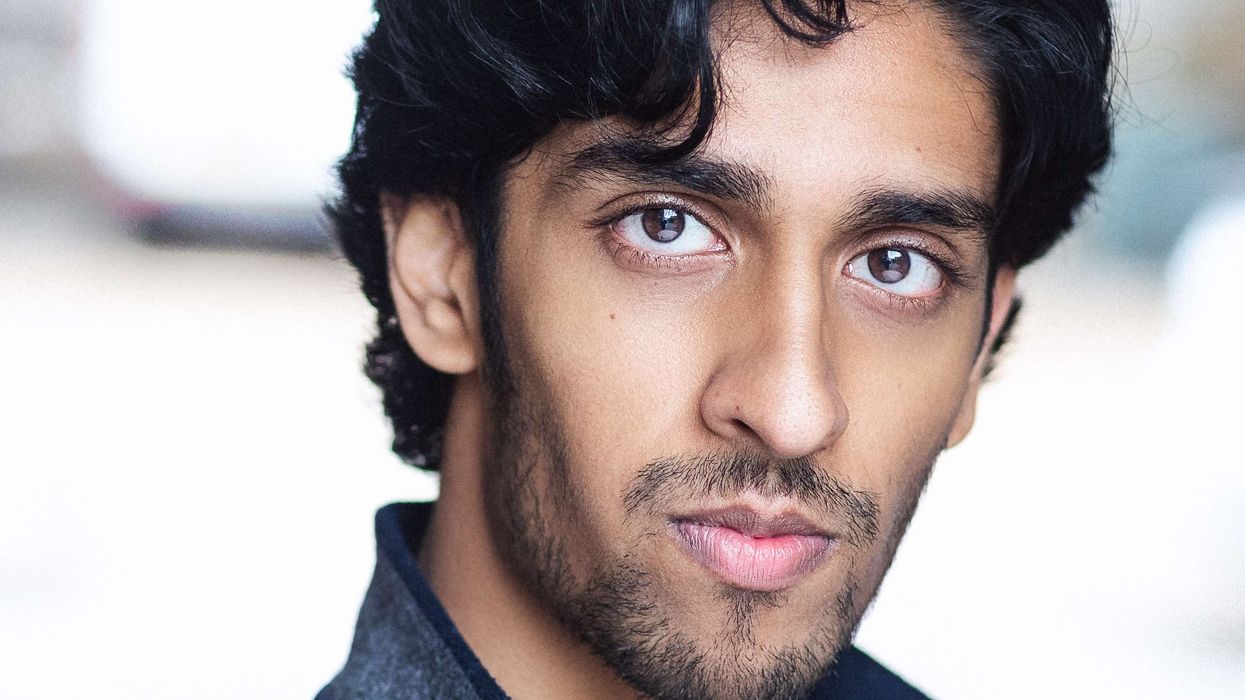
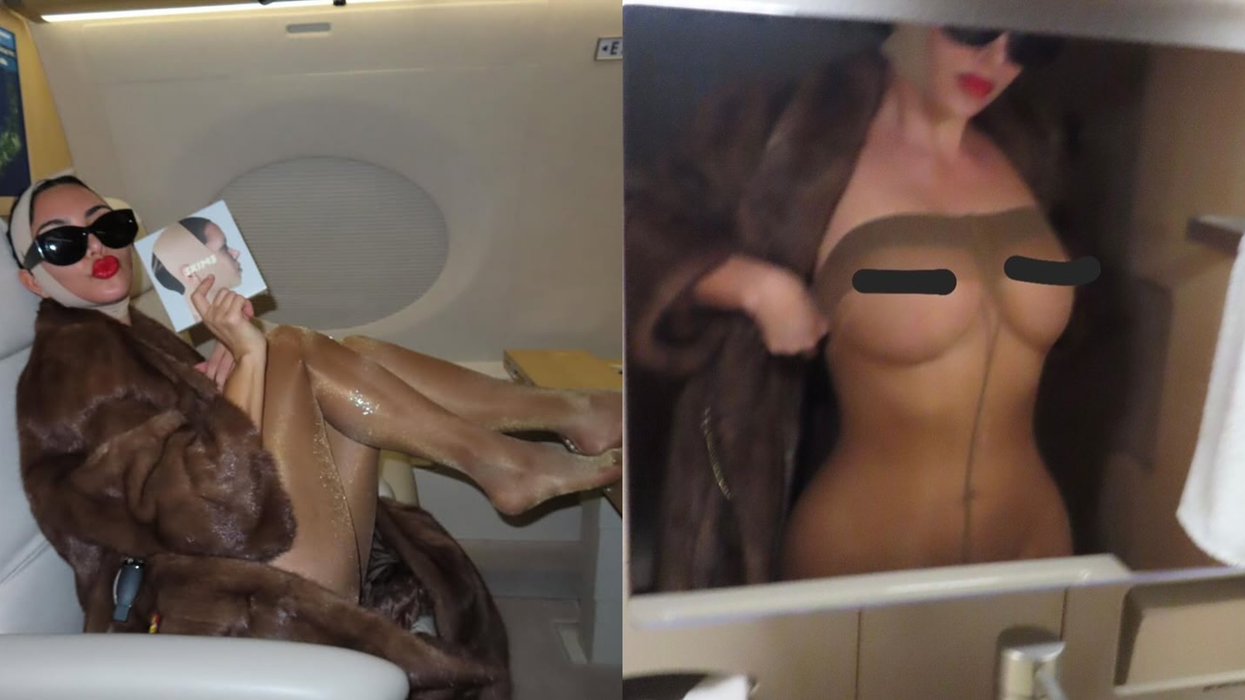
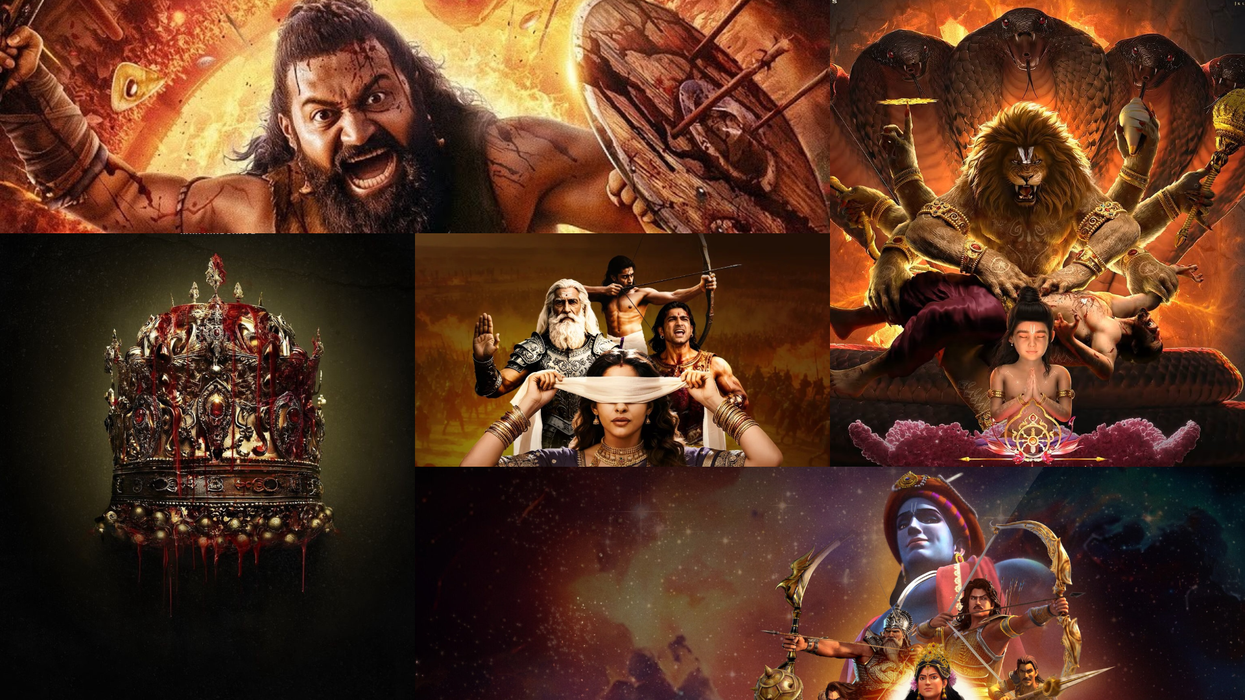
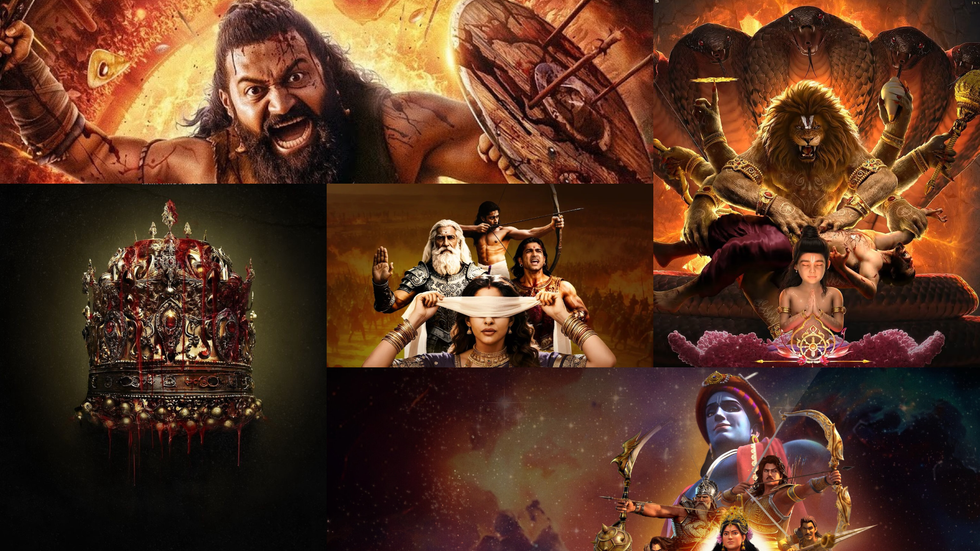 Why UK audiences are turning to Indian mythology — and the OTT releases driving the trend this year Instagram/Netflix
Why UK audiences are turning to Indian mythology — and the OTT releases driving the trend this year Instagram/Netflix 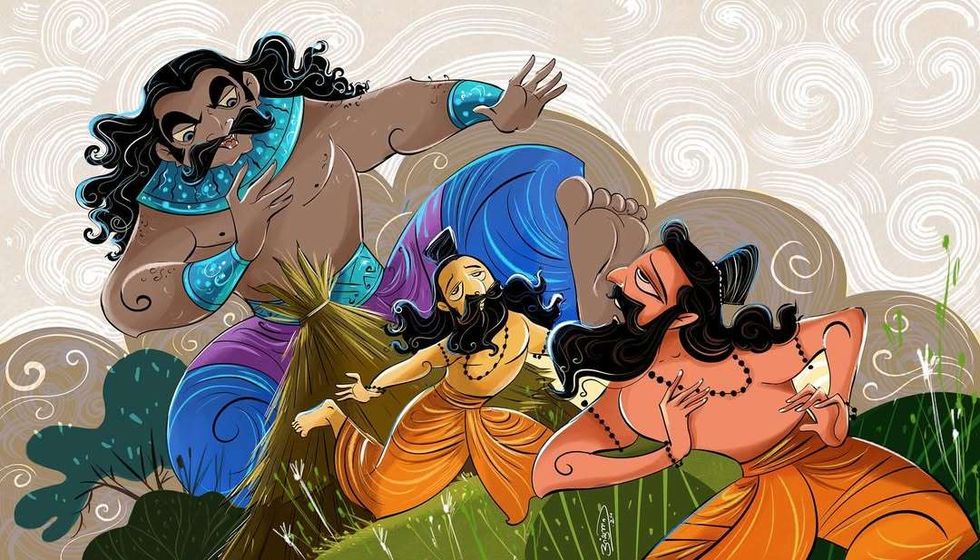 Indian MythologyInstagram/
Indian MythologyInstagram/






